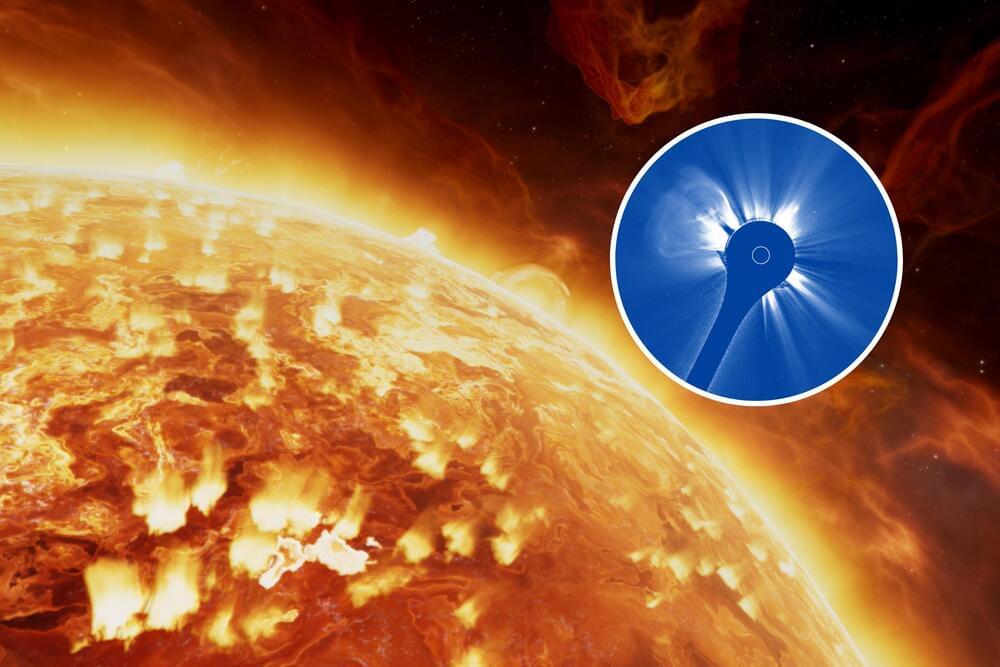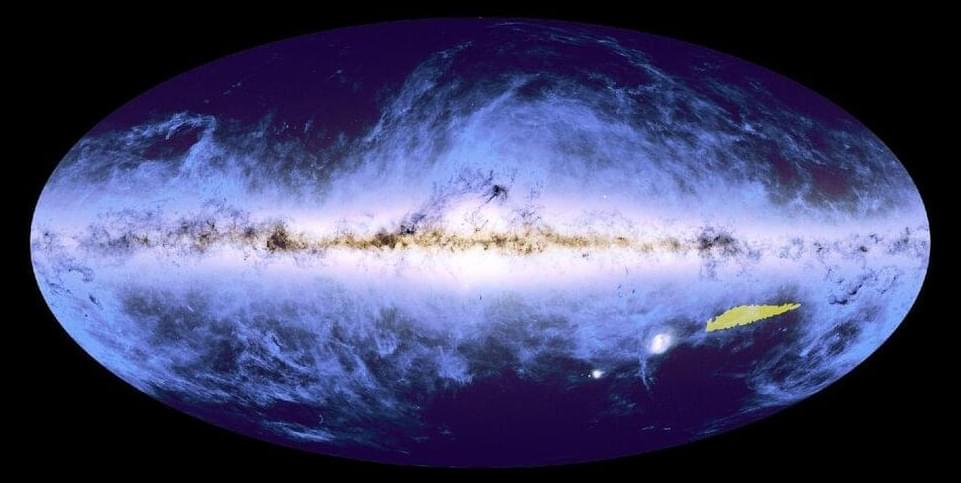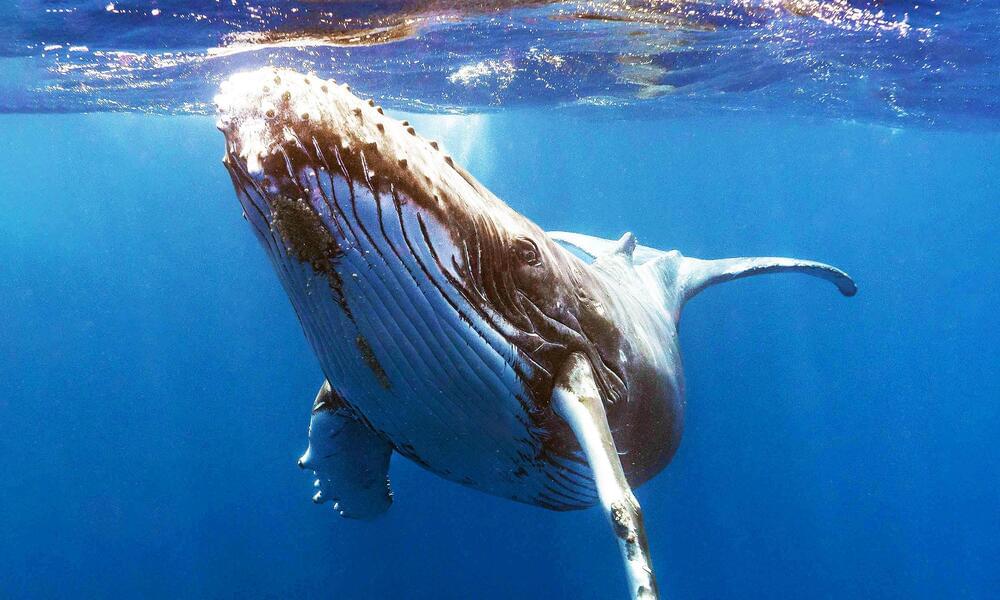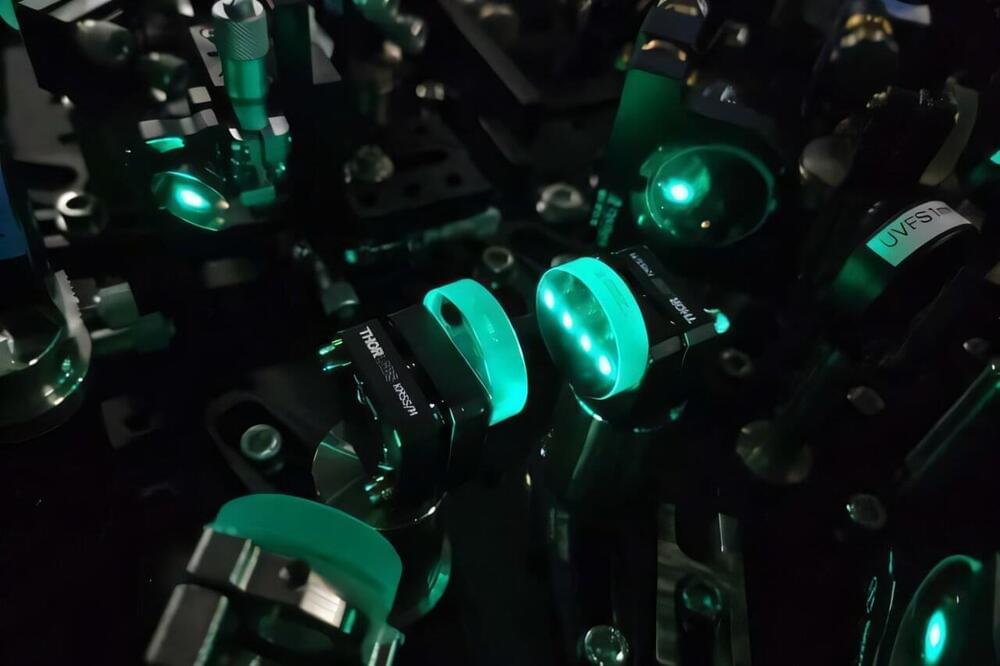Oct 24, 2024
AI needs decade+ to reach human-like smarts, says pioneer
Posted by Rx Sobolewski in category: robotics/AI
The Turing Award recipient told ET that the path to achieving AGI (artificial general intelligence) is through AI systems being conscious of the physical world, having persistent memory and being able to reason. This may take 6–10 years and still have the intelligence of a cat, he said on the sidelines of Meta’s Build with AI Summit in Bengaluru.
“I don’t like the phrase AGI. I prefer human-level intelligence because human intelligence is not general. Internally, we call this AMI-advanced machine intelligence. We have a pretty good plan on how to get there,” said LeCun is often referred to as a ‘Godfather of AI’

















